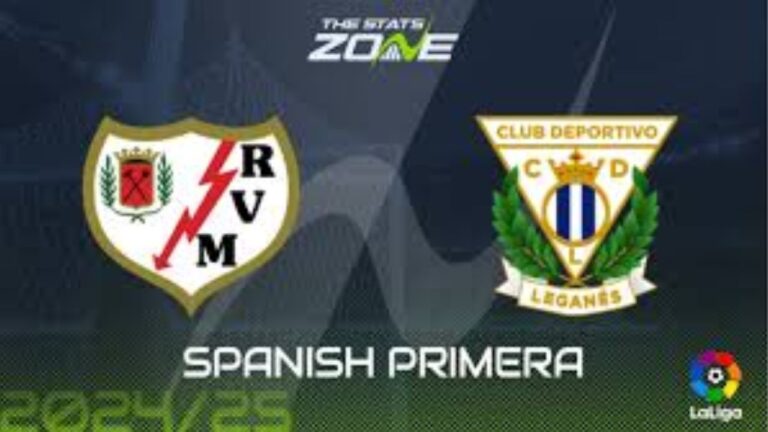Montecito Country Club Easement Dispute: Legal Battles Over Access Rights
Easement disputes often carry significant implications for property owners, legal rights, and community dynamics. One such ongoing conflict, the Montecito Country Club easement dispute, has drawn considerable attention in recent years. At the heart of the matter lies a complex legal battle over land rights, access, and community concerns. This article will take you through the nuances of the dispute, its background, and the potential resolutions that could redefine the landscape of Montecito.
What is the Montecito Country Club Easement Dispute?
The Montecito Country Club, a historic landmark in California, has become embroiled in a legal dispute concerning an easement on its property. An easement, in legal terms, is the right of a property owner or third party to use another’s land for a specific purpose, such as access, utilities, or maintenance. In this case, the conflict revolves around whether neighboring property owners or the local community retain the right to access specific areas of the club’s land.
At its core, the dispute is about balancing the rights of the club with the needs and expectations of surrounding property owners. Questions of accessibility, property value, and land use have turned the issue into a flashpoint, with both sides presenting strong arguments to support their positions.
The History of the Montecito Country Club
The Montecito Country Club has been a cornerstone of the local community for over a century. Originally founded in the early 1900s, the club has undergone several transformations, including a significant renovation by Ty Warner, the entrepreneur behind the famed Beanie Babies. Known for its sprawling golf course, luxurious amenities, and breathtaking views of the Pacific Ocean, the country club attracts elite members and is considered a symbol of Montecito’s exclusivity.
However, its storied history has not been without controversy. Over the years, the club has faced disputes concerning land use, environmental impact, and property access. The current easement dispute builds upon these past tensions, bringing new legal and ethical questions to light.
Understanding Easements: A Legal Overview
Before diving deeper into the specific details of the Montecito Country Club case, it’s important to understand what an easement entails. In real estate law, easements allow non-owners to use another person’s property for a designated purpose. There are several types of easements:
- Prescriptive Easement: Established through long-term use without the owner’s explicit permission.
- Easement by Necessity: Granted when one property has no access to a public road or utility without crossing another’s land.
- Express Easement: Created through a formal agreement between property owners.
- Implied Easement: Inferred from circumstances, such as historical land use.
In disputes like the one involving Montecito Country Club, these distinctions are crucial in determining the rights and obligations of the parties involved.
What Sparked the Montecito Country Club Easement Dispute?
The Montecito Country Club easement dispute arose from conflicting claims regarding the use of a specific portion of the club’s land. Reports indicate that neighboring property owners have historically used portions of the club’s property for access and recreational purposes. However, following renovations and changes in management, the club has sought to restrict or redefine this access.
The club argues that such restrictions are necessary to preserve privacy, maintain security, and protect the integrity of its operations. On the other hand, residents and community groups claim that the easement represents a long-standing right that cannot be revoked without significant consequences for neighboring properties.
The Role of the Montecito Community in the Dispute
Montecito is known for its tight-knit community and affluent residents, many of whom are deeply invested in preserving the area’s charm and accessibility. As a result, the easement dispute has sparked a heated public debate. While some residents side with the club’s right to control its property, others believe that restricting access undermines community values and sets a dangerous precedent.
Community groups have played an active role in organizing discussions, lobbying local officials, and even pursuing legal action to protect the easement. Their efforts highlight the broader implications of the dispute, which go beyond property lines and touch on issues of fairness, equity, and the public good.
Legal Arguments on Both Sides
Both the Montecito Country Club and its opponents have presented compelling legal arguments. The club’s legal team emphasizes its right to control its private property and manage access as it sees fit. They argue that the easement, if it exists at all, was never formally established and that continued use by neighbors constitutes trespassing.
Conversely, the opposing side cites prescriptive easement laws, arguing that decades of continuous use by neighboring residents have created a de facto right to access. They also point to historical records and community agreements that, in their view, support the existence of an implied or express easement.
Environmental Concerns in the Montecito Country Club Easement Dispute
In addition to legal and community considerations, environmental concerns have added another layer of complexity to the dispute. The club’s property includes ecologically sensitive areas, such as wetlands and native vegetation. Conservation groups have expressed worries that increased access could harm these delicate ecosystems, while others argue that restricting access could prevent the community from enjoying and protecting these natural resources.
The Impact on Property Values
The Montecito Country Club easement dispute has also raised concerns about property values in the surrounding area. For homeowners who rely on the disputed access points, a loss of easement rights could lead to reduced property values and diminished appeal to potential buyers. Conversely, the club argues that increased control over its property will enhance its value and exclusivity, benefiting its members and stakeholders.
Potential Resolutions to the Dispute
Resolving the Montecito Country Club easement dispute will require careful negotiation and compromise. Potential solutions include:
- Mediation or Arbitration: Engaging a neutral third party to facilitate an agreement that satisfies both sides.
- Formalizing Easement Agreements: Clearly defining the terms and conditions of access to prevent future disputes.
- Community Partnerships: Establishing joint initiatives to balance property rights with public access and environmental preservation.
Each option presents challenges, but a collaborative approach could pave the way for a resolution that upholds the interests of all parties involved.
Montecito Country Club’s Perspective
The Montecito Country Club has consistently maintained that its actions are aimed at protecting its members, preserving its property, and enhancing the overall experience for its clientele. The club views the dispute as an opportunity to clarify legal ambiguities and reinforce its commitment to providing world-class amenities in a secure and exclusive environment.
Conclusion
The Montecito Country Club easement dispute is a multifaceted issue that underscores the complexities of property rights, community dynamics, and environmental stewardship. As the legal battle unfolds, it serves as a reminder of the importance of open dialogue, mutual respect, and a willingness to find common ground. Whatever the outcome, this dispute will likely leave a lasting impact on the Montecito community and its iconic country club.
FAQs
What is an easement?
An easement is a legal right to use another person’s property for a specific purpose, such as access or utilities.
Why is the Montecito Country Club involved in an easement dispute?
The dispute stems from conflicting claims over access rights to certain areas of the club’s property by neighboring landowners.
How does the easement dispute affect the Montecito community?
The dispute has sparked debates about property rights, community values, and environmental impact, with potential consequences for local property values and land use.
What are the legal arguments in the dispute?
The club argues against the existence of a formal easement, while opponents cite prescriptive and implied easement laws to support their claims.
What are potential resolutions to the dispute?
Possible solutions include mediation, formal agreements, and community partnerships to address legal, environmental, and social concerns.
Who benefits from resolving the dispute?
A resolution could benefit the club, neighboring property owners, and the broader community by clarifying rights, preserving property values, and fostering collaboration.







